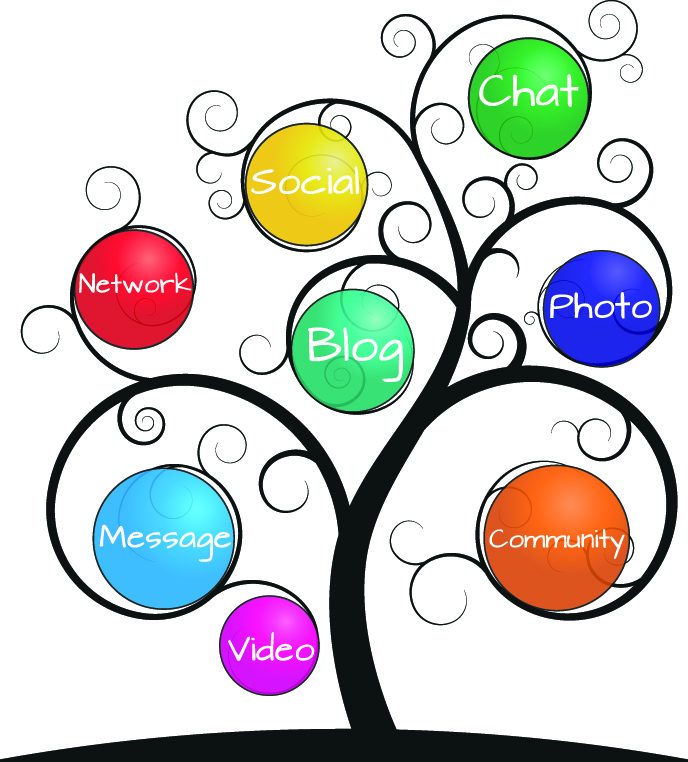The arrival of the Huguenots in Britain and their importance to the domestic silk industry is well known. The French refugees took with them new weaving skills, new designs, and a large workforce. As a result, the English silk industry was able to compete with France as a serious producer for the fashion market. This followed a wider European pattern where ‘wind falls’ of migrants brought sought after skills to particular industries, giving them important advantages over their rivals. Some recent explanations of the divergence between the economies of Western Europe and South and East Asia have drawn on this process. They explain divergence, at least in part, through differences in technical knowledge and knowledge acquisition in the two regions. The ease with which expertise could be transferred from one site to another may have been important in encouraging innovation. ‘Transfers’ could take several forms, but the one considered here will be the movement of people. This paper seeks to test these arguments by using the silk industries in Britain and Eastern India during the 1700s as a case study. It proposes a framework for comparison, examining the roles of the labour market, merchants, and institutions in promoting or retarding transfers of skilled workers and useful knowledge.
Speaker: William Farrell (Birkbeck)
Date and time: 31 January 2014, 17:15 – 19:15
Venue: Room 102 (Senate House, first floor)
Free to attend.
Keep up to date with all the events at SAS


